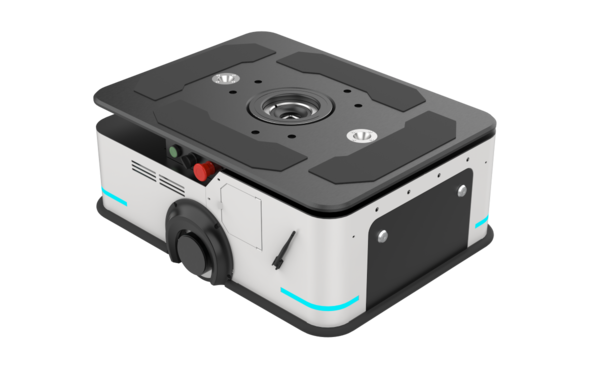© © 2025 Copyright © Youibot Robotics Co., Ltd. All rights reserved.SitemapPrivacy Policy
The lifting and loading and unloading industry has always been a crucial part of the industrial sector. They are directly related to key links such as product production, goods transportation, and warehousing. However, with the continuous development and application of robotics technology, this industry is undergoing profound changes. This article will delve into how robot technology is changing the lifting and handling industry, with a focus on its impact on efficiency, safety, and future development.

Traditional lifting operations typically require a significant amount of manpower and time, while also carrying certain risks. The introduction of automated lifting robots has completely changed this pattern. These robots can perform various heavy lifting tasks, not only improving efficiency but also reducing potential risk of injury. They are equipped with highly precise sensors and advanced control systems, which can accurately locate and manipulate goods.
Robot vision technology plays a crucial role in lifting operations. Through cameras, LiDAR, and other sensors, robots can monitor the surrounding environment in real time, identify the positions of obstacles and goods. This enables them to perform precise lifting tasks in narrow spaces without direct intervention from human operators.
The accuracy and speed of robots in lifting and loading and unloading processes undoubtedly surpass those of human operators. They can maintain high-quality work performance while working continuously, unaffected by fatigue and human errors. This means that the production line can run longer, produce more products, and complete loading and unloading tasks in a shorter time.
Although investing in lifting robots and related technologies may require some initial costs, over time, they typically reduce operating costs. Robots do not require salary, insurance, or benefits, and there will be no absences or work delays. This means that enterprises can manage resources more effectively and reduce operational uncertainty.
In traditional lifting and loading and unloading processes, operators often need to face heavy object handling and high-risk tasks. This may lead to accidents and injuries. The introduction of robots can greatly reduce the exposure of workers to potential hazards and improve the safety of the workplace. Furthermore, robots can work 24/7 without being limited by time and weather. They can perform tasks in darkness, high temperatures, or harsh weather conditions without worrying about personnel safety.
Robotics technology is fundamentally changing the way the lifting and loading and unloading industry operates. They have improved efficiency, increased security, reduced costs, and opened up new possibilities for future development. With the continuous development of artificial intelligence, machine learning, and autonomous navigation technology, we can expect more intelligent and flexible lifting robots. They will be able to handle more complex tasks, adapt to different environments, and seamlessly collaborate with other robots and systems, bringing more innovation and opportunities to the industrial field.
By continuing to use the site you agree to our privacy policy Terms and Conditions.